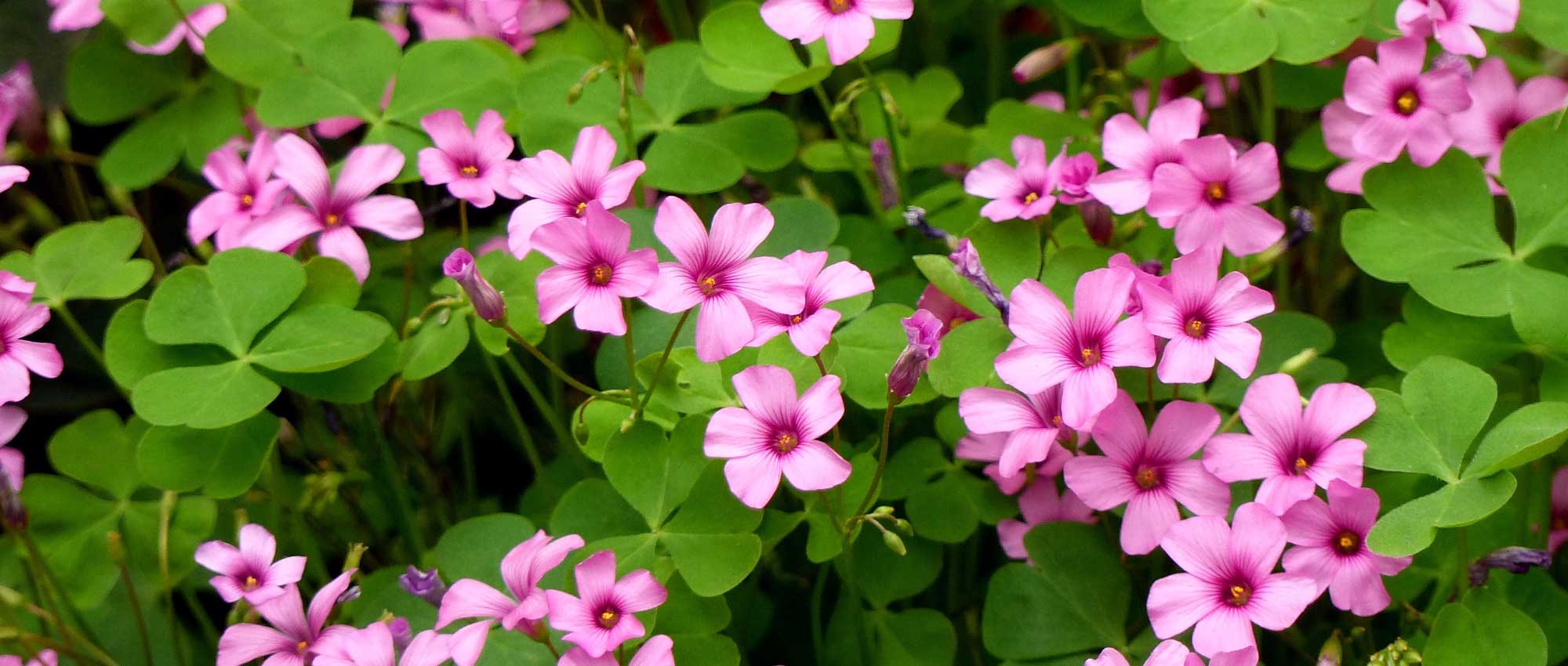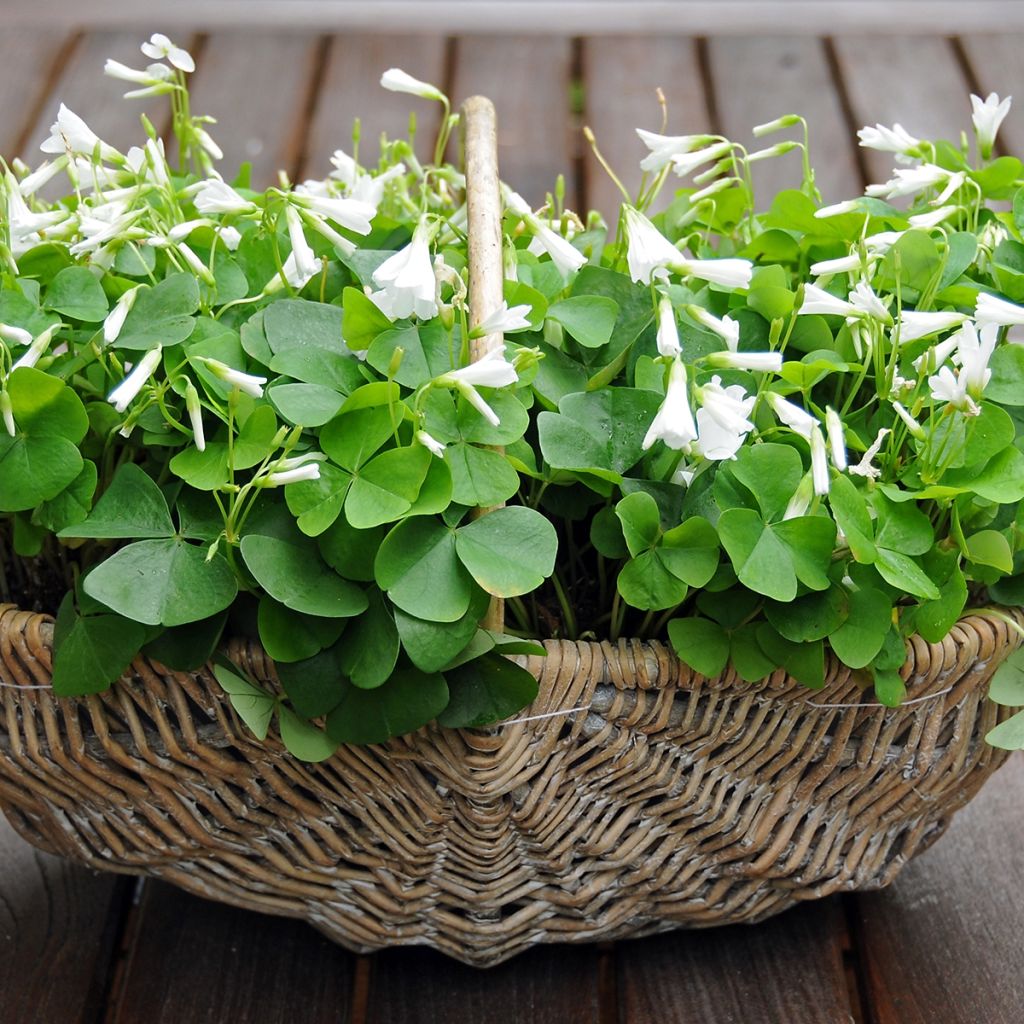

Oxalis triangularis ssp.papilionacea - Oxalis triangulaire
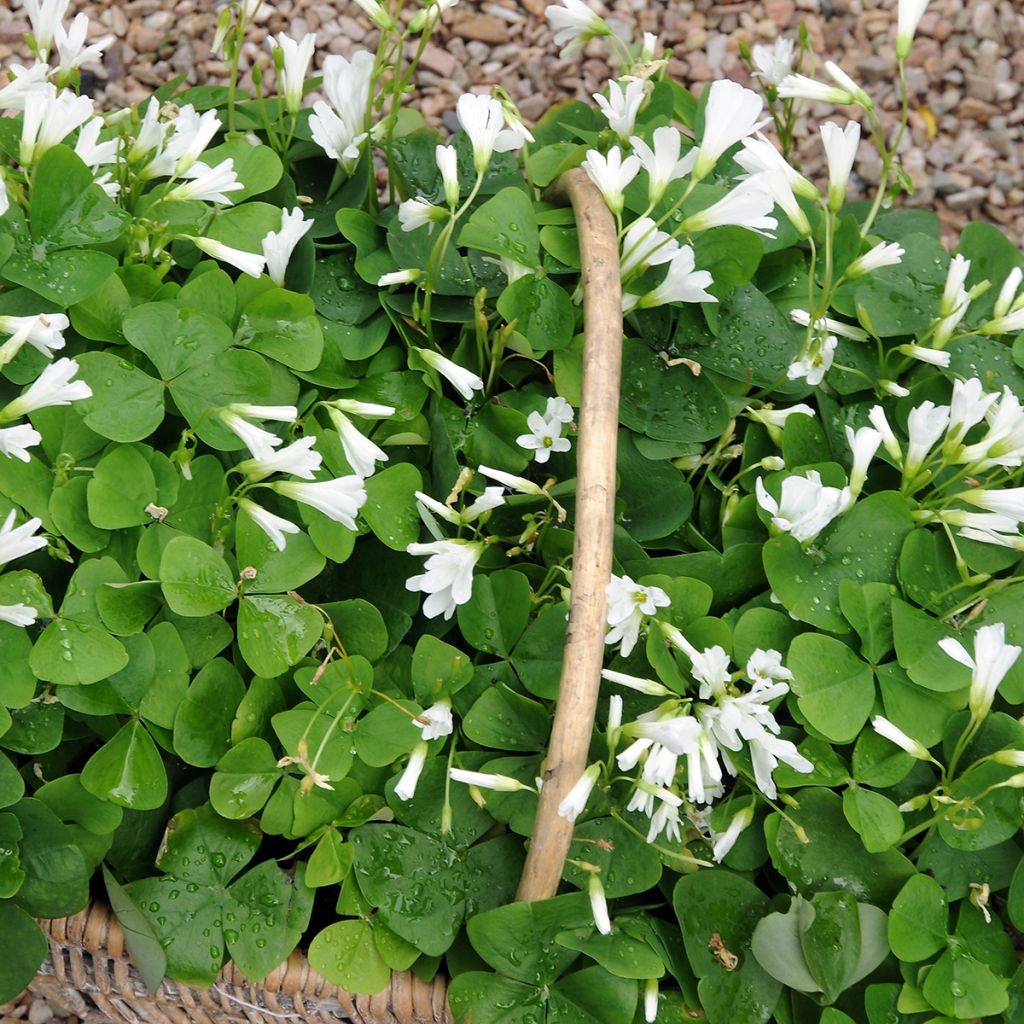

Oxalis triangularis ssp.papilionacea - Oxalis triangulaire
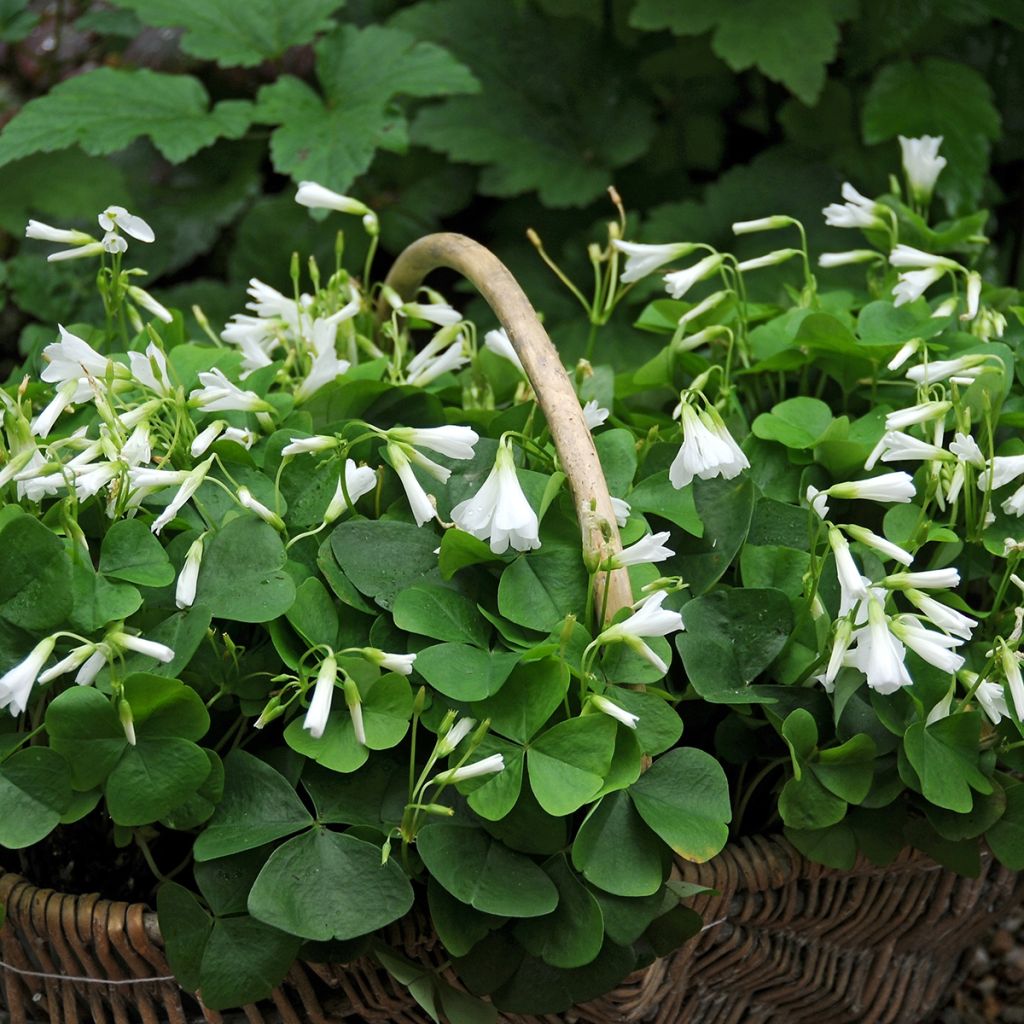

Oxalis triangularis ssp.papilionacea - Oxalis triangulaire


Oxalis triangularis ssp.papilionacea - Oxalis triangulaire
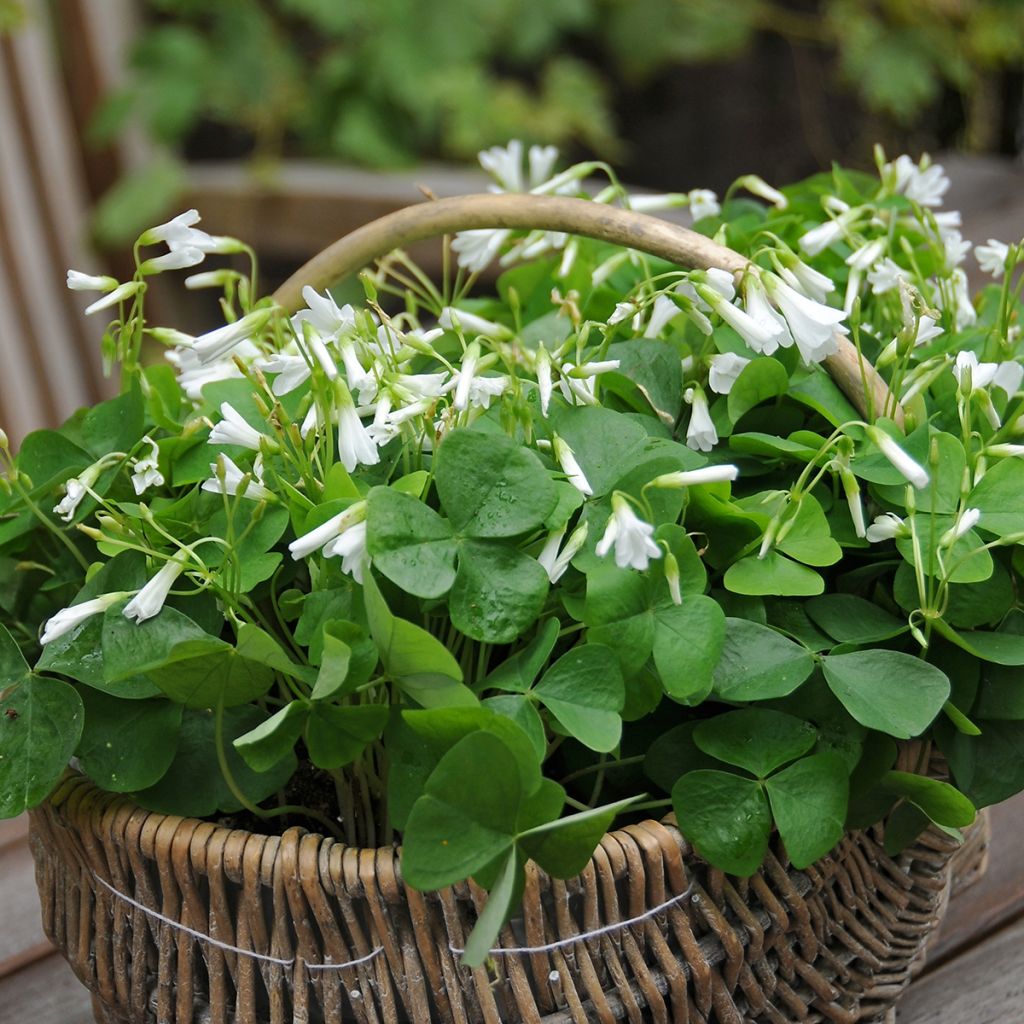

Oxalis triangularis ssp.papilionacea - Oxalis triangulaire
Oxalis triangularis subsp.papilionacea
Oxalis triangularis subsp.papilionacea
Purple Shamrock, False Shamrock, Love Plant
Special offer!
Receive a €20 voucher for any order over €90 (excluding delivery costs, credit notes, and plastic-free options)!
1- Add your favorite plants to your cart.
2- Once you have reached €90, confirm your order (you can even choose the delivery date!).
3- As soon as your order is shipped, you will receive an email containing your voucher code, valid for 3 months (90 days).
Your voucher is unique and can only be used once, for any order with a minimum value of €20, excluding delivery costs.
Can be combined with other current offers, non-divisible and non-refundable.
Home or relay delivery (depending on size and destination)
Schedule delivery date,
and select date in basket
This plant carries a 6 months recovery warranty
More information
We guarantee the quality of our plants for a full growing cycle, and will replace at our expense any plant that fails to recover under normal climatic and planting conditions.
Would this plant suit my garden?
Set up your Plantfit profile →
Description
Oxalis triangularis subsp. papilionacea is the wild form with green foliage of the purple clover with pink flowers, often used to decorate interiors. It is a small perennial plant, but sensitive to cold, whose giant clover foliage moves with the light and folds up in a funny way in the evening. Its small flowers that range from pale pink to white bloom during a long spring to summer period. A beautiful and unique indoor plant, this oxalis can also be placed outdoors during the warm season, in a partially shaded (morning sun only) and cool location. Indoors, place it in bright light, but without direct sunlight.
Oxalis triangularis ssp. papilionacea, from the family Oxalidaceae, is widespread in several South American countries such as Argentina, Brazil, Bolivia, and Paraguay. It is an herbaceous plant that grows from a tuberous rhizome. The vegetation emerges from the ground in spring and disappears in winter, which corresponds to its resting period. In winter, the plant should not be watered. The plant measures about 15cm (6in) in height. Without stems, it develops leaves carried by a long petiole emerging directly from the rhizome. The leaf is divided into 3 generally triangular leaflets, arranged in the same plane perpendicular to the petiole. The leaves orient themselves by following the light: they close on the petiole in the evening and spread out at sunrise. The flowering period is long, from May-June to July-August, or even until September. It takes the form of umbels carried by a long petiole. Each umbel bears 2 to 9 small flowers that start off pale pink, funnel-shaped and spreading into 5 rounded lobes.
Most often perennial plants, with bulbous or rhizomatous roots, rarely used, Oxalis are nevertheless plants that flower abundantly and have a wide range of uses. In short, they are plants for gardeners who want to venture off the beaten path. Oxalis triangularis subsp. papilionaceae will have a great effect in a hanging basket or flower pot, always away from harsh sunlight. This trendy little plant fits perfectly into a contemporary interior.
Oxalis triangularis subsp.papilionacea in pictures
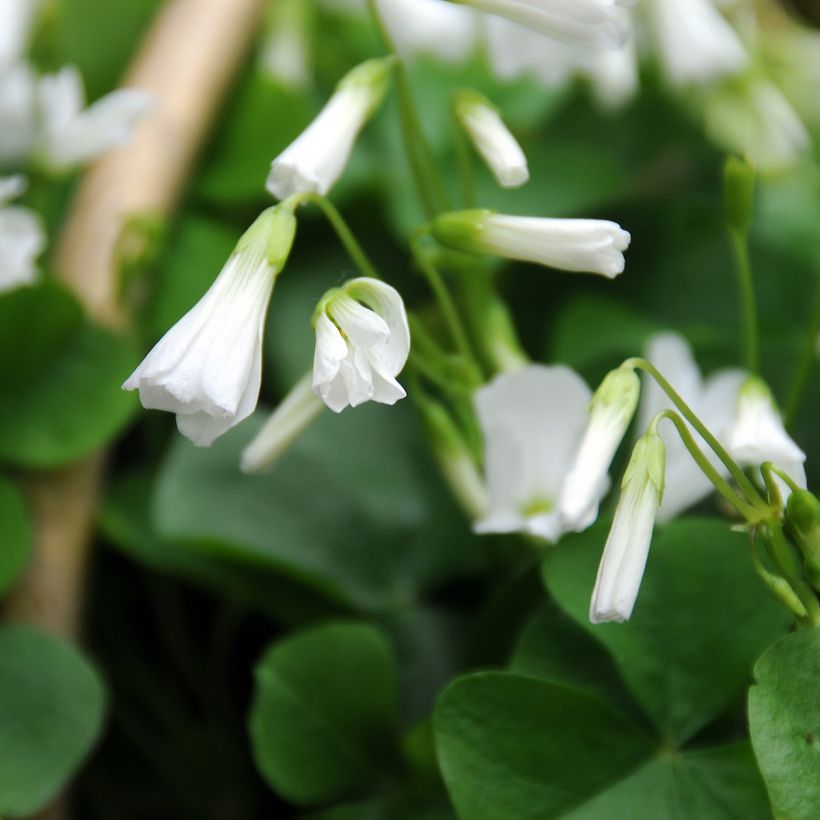

Plant habit
Flowering
Foliage
Botanical data
Oxalis
triangularis subsp.papilionacea
Oxalidaceae
Purple Shamrock, False Shamrock, Love Plant
South America
Planting and care
We recommend growing Oxalis triangularis subsp papilionaceae in a pot that can be brought indoors during winter, as it is a frost-sensitive plant. The potting soil should remain slightly moist throughout the growing season, but almost dry in winter. Winter is the dormancy period for this oxalis. Reduce watering in late October. It is normal for the foliage to dry up in autumn. In winter, you can help the plant enter dormancy by placing it in a very dark room, such as a garage where temperatures range from 5 to 12°C (41 to 53.6°F). In spring, choose a bright location, but without direct sunlight. The ideal temperature for growing this oxalis should be around 18°C (64.4°F), and it does not tolerate the dry atmospheres of our heated homes. Take your pots outside from May to September, place them in a slightly shaded area, and water regularly.
Planting period
Intended location
Care
Planting & care advice
This item has not been reviewed yet - be the first to leave a review about it.
Haven't found what you were looking for?
Hardiness is the lowest winter temperature a plant can endure without suffering serious damage or even dying. However, hardiness is affected by location (a sheltered area, such as a patio), protection (winter cover) and soil type (hardiness is improved by well-drained soil).

Photo Sharing Terms & Conditions
In order to encourage gardeners to interact and share their experiences, Promesse de fleurs offers various media enabling content to be uploaded onto its Site - in particular via the ‘Photo sharing’ module.
The User agrees to refrain from:
- Posting any content that is illegal, prejudicial, insulting, racist, inciteful to hatred, revisionist, contrary to public decency, that infringes on privacy or on the privacy rights of third parties, in particular the publicity rights of persons and goods, intellectual property rights, or the right to privacy.
- Submitting content on behalf of a third party;
- Impersonate the identity of a third party and/or publish any personal information about a third party;
In general, the User undertakes to refrain from any unethical behaviour.
All Content (in particular text, comments, files, images, photos, videos, creative works, etc.), which may be subject to property or intellectual property rights, image or other private rights, shall remain the property of the User, subject to the limited rights granted by the terms of the licence granted by Promesse de fleurs as stated below. Users are at liberty to publish or not to publish such Content on the Site, notably via the ‘Photo Sharing’ facility, and accept that this Content shall be made public and freely accessible, notably on the Internet.
Users further acknowledge, undertake to have ,and guarantee that they hold all necessary rights and permissions to publish such material on the Site, in particular with regard to the legislation in force pertaining to any privacy, property, intellectual property, image, or contractual rights, or rights of any other nature. By publishing such Content on the Site, Users acknowledge accepting full liability as publishers of the Content within the meaning of the law, and grant Promesse de fleurs, free of charge, an inclusive, worldwide licence for the said Content for the entire duration of its publication, including all reproduction, representation, up/downloading, displaying, performing, transmission, and storage rights.
Users also grant permission for their name to be linked to the Content and accept that this link may not always be made available.
By engaging in posting material, Users consent to their Content becoming automatically accessible on the Internet, in particular on other sites and/or blogs and/or web pages of the Promesse de fleurs site, including in particular social pages and the Promesse de fleurs catalogue.
Users may secure the removal of entrusted content free of charge by issuing a simple request via our contact form.
The flowering period indicated on our website applies to countries and regions located in USDA zone 8 (France, the United Kingdom, Ireland, the Netherlands, etc.)
It will vary according to where you live:
- In zones 9 to 10 (Italy, Spain, Greece, etc.), flowering will occur about 2 to 4 weeks earlier.
- In zones 6 to 7 (Germany, Poland, Slovenia, and lower mountainous regions), flowering will be delayed by 2 to 3 weeks.
- In zone 5 (Central Europe, Scandinavia), blooming will be delayed by 3 to 5 weeks.
In temperate climates, pruning of spring-flowering shrubs (forsythia, spireas, etc.) should be done just after flowering.
Pruning of summer-flowering shrubs (Indian Lilac, Perovskia, etc.) can be done in winter or spring.
In cold regions as well as with frost-sensitive plants, avoid pruning too early when severe frosts may still occur.
The planting period indicated on our website applies to countries and regions located in USDA zone 8 (France, United Kingdom, Ireland, Netherlands).
It will vary according to where you live:
- In Mediterranean zones (Marseille, Madrid, Milan, etc.), autumn and winter are the best planting periods.
- In continental zones (Strasbourg, Munich, Vienna, etc.), delay planting by 2 to 3 weeks in spring and bring it forward by 2 to 4 weeks in autumn.
- In mountainous regions (the Alps, Pyrenees, Carpathians, etc.), it is best to plant in late spring (May-June) or late summer (August-September).
The harvesting period indicated on our website applies to countries and regions in USDA zone 8 (France, England, Ireland, the Netherlands).
In colder areas (Scandinavia, Poland, Austria...) fruit and vegetable harvests are likely to be delayed by 3-4 weeks.
In warmer areas (Italy, Spain, Greece, etc.), harvesting will probably take place earlier, depending on weather conditions.
The sowing periods indicated on our website apply to countries and regions within USDA Zone 8 (France, UK, Ireland, Netherlands).
In colder areas (Scandinavia, Poland, Austria...), delay any outdoor sowing by 3-4 weeks, or sow under glass.
In warmer climes (Italy, Spain, Greece, etc.), bring outdoor sowing forward by a few weeks.






























